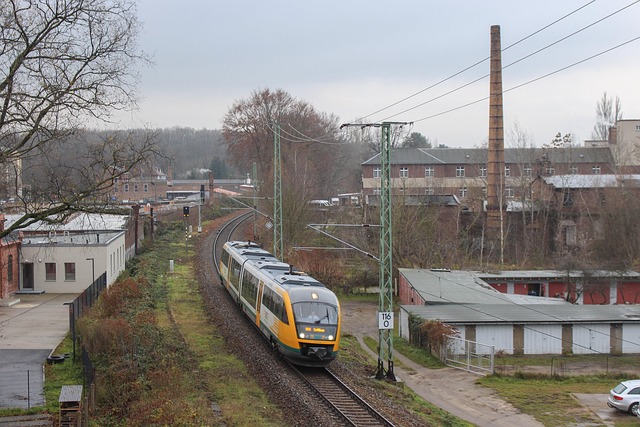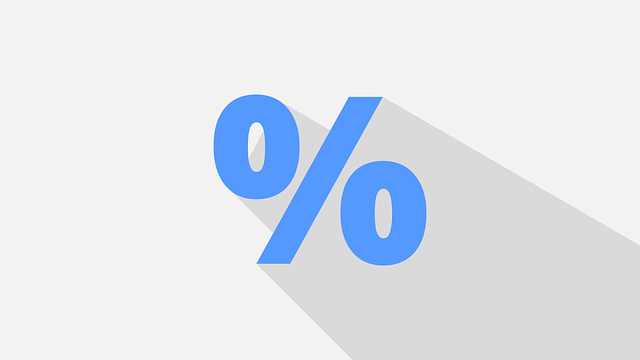Real estate market dynamics significantly impact property pricing, with demand and supply forces determining values. In buyer's markets, sellers raise prices due to competition; in seller's markets with excess inventory, pricing becomes flexible. Both buyers and sellers must adapt strategies, with sellers setting competitive prices and buyers securing properties through clear budgets, flexible financing, swift action, and strategic bidding assistance from experienced agents.
In the competitive real estate market, understanding pricing dynamics is key. This article explores how buyers and sellers interact to set property prices, delving into market forces that can drive final costs skyward. We analyze limited supply and high demand, revealing their profound impact on real estate values. Additionally, we provide insights into strategies for both parties navigating this competitive landscape, offering valuable guidance for successful transactions.
Market Dynamics: How Buyers and Sellers Influence Pricing

In real estate, market dynamics play a pivotal role in determining final prices. Buyers and sellers collectively influence pricing through their interactions and strategies. When demand is high and there are few properties available (a buyer’s market), sellers may be incentivized to set higher prices due to the competitive nature of potential buyers. Conversely, in a seller’s market with numerous properties on offer and limited buyer interest, prices might be more negotiable.
Sellers often leverage market conditions to their advantage, knowing that competition can drive up bids. Buyers, in turn, are keenly aware of this dynamic and strategically adjust their offers accordingly. This interplay creates a delicate balance where pricing is not solely based on the inherent value of a property but also on the current market trends and the level of interest from both buyers and sellers.
Limited Supply and High Demand: The Price Impact

In the competitive landscape of real estate, limited supply coupled with high demand can significantly drive up final prices. When there are more buyers than available properties, the market dynamics shift in favor of sellers, who hold a stronger negotiating position. This imbalance often results in bidding wars, where multiple interested parties compete to secure the desired asset. As a direct consequence, the property’s selling price tends to rise higher than it would under normal conditions.
The impact of this limited supply and high demand is particularly pronounced in popular locations or emerging markets with rapid growth. Investors and buyers anticipate future appreciation, leading to heightened competition for prime real estate opportunities. This dynamic further reinforces price inflation, making it a key factor that contributes to the overall cost of properties in such areas.
Competitive Environment: Strategies for Buyers and Sellers

In a competitive real estate market, both buyers and sellers must adapt their strategies to navigate the dynamic landscape. For sellers, this often means setting a price that reflects the current demand while still attracting interested purchasers. They should stay informed about recent sales data in comparable neighborhoods to understand where their property stands in the market. Additionally, offering incentives like appealing amenities or negotiating certain terms can set them apart from other listings.
On the buyer’s side, being prepared for a competitive environment involves having a clear budget and flexible financing options. Keeping an eye on new listings and acting swiftly when a desirable property comes to market gives buyers an edge. They might also consider offering above-ask price, especially if they’re dealing with a seller who has multiple offers or is in a hurry to sell. Moreover, working closely with an experienced real estate agent can provide valuable insights into the area’s trends and help navigate the bidding process effectively.






